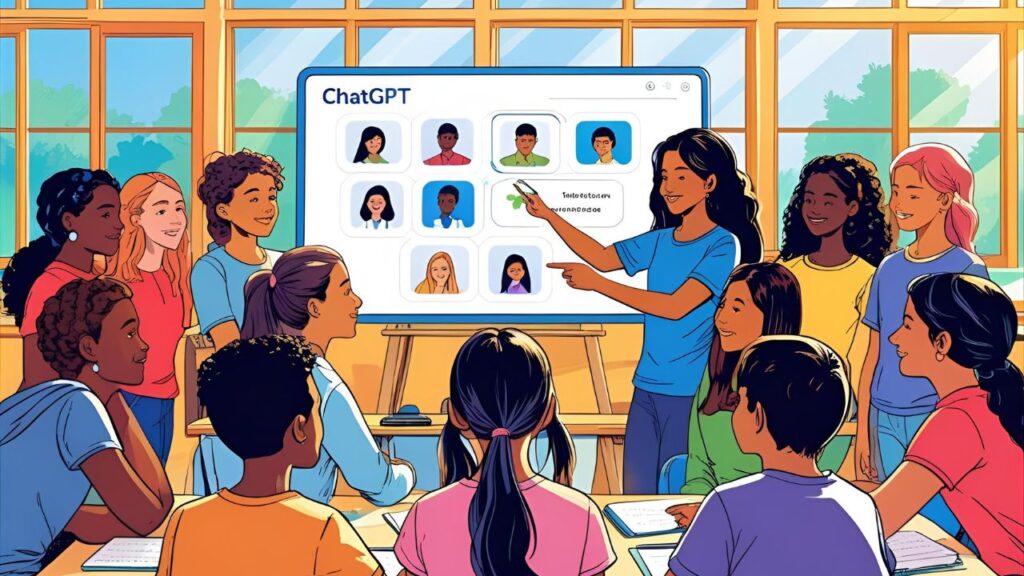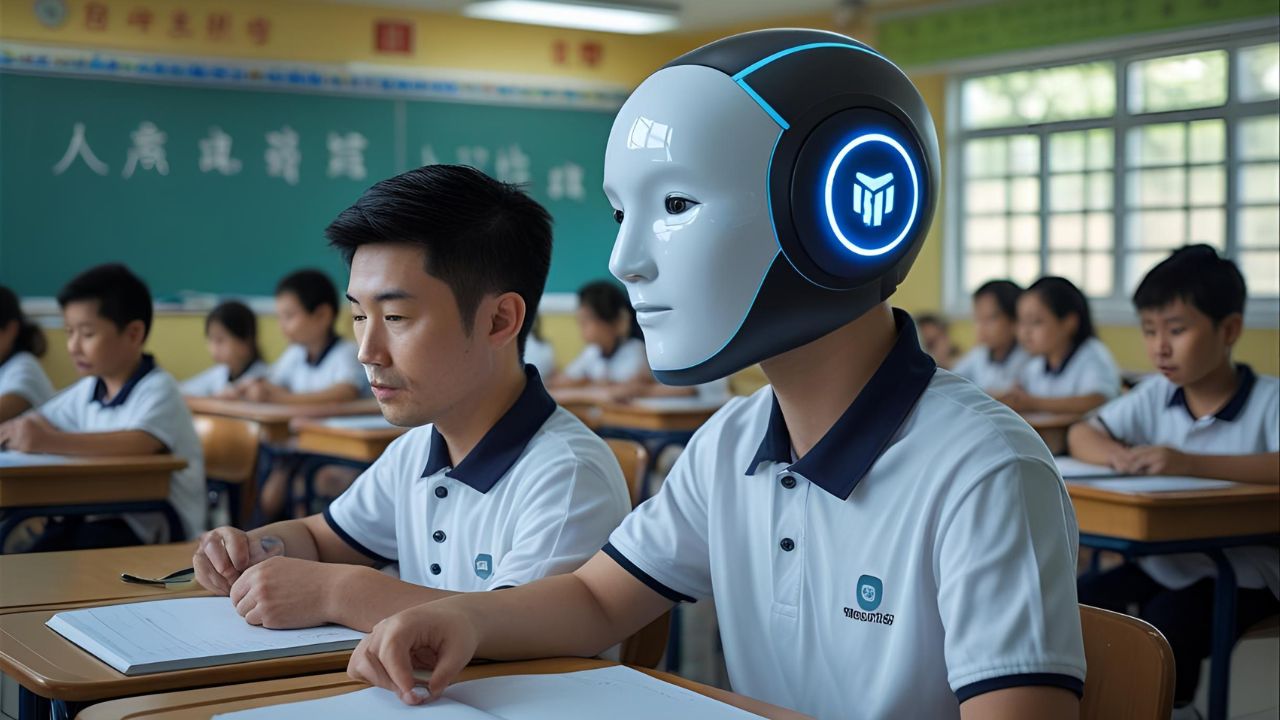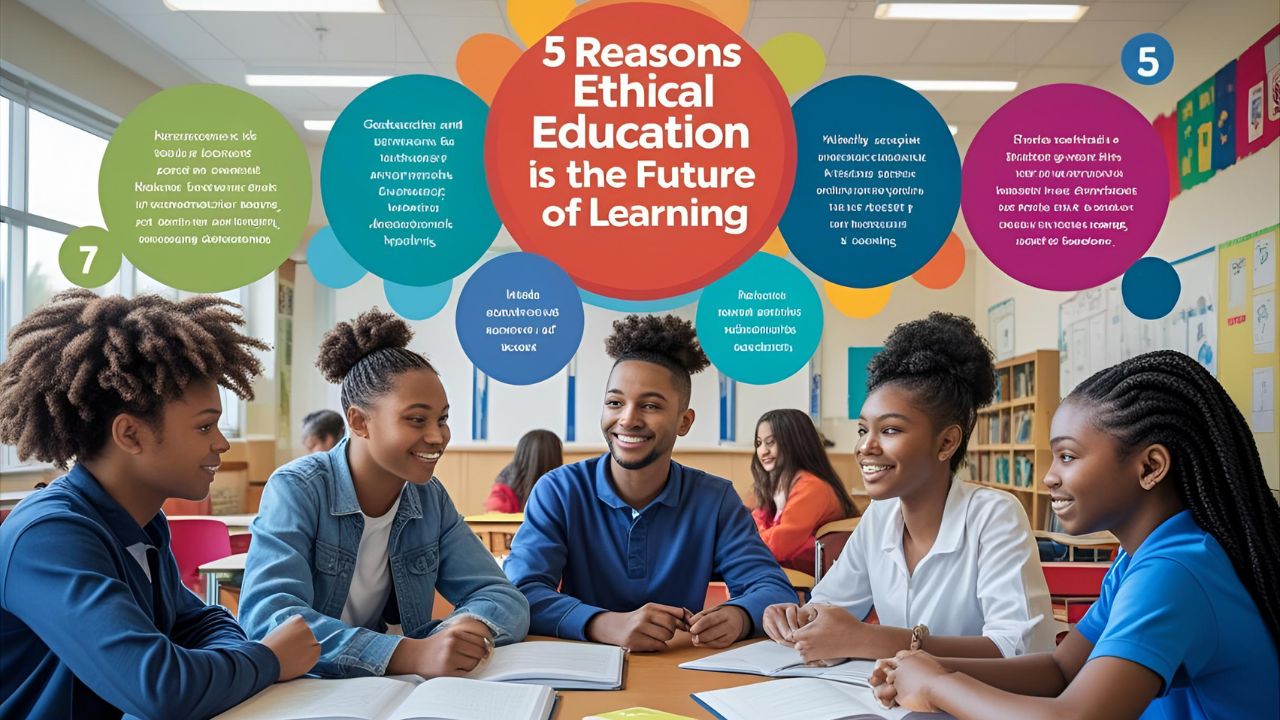AI in Classrooms: How Teachers Are Using ChatGPT to Transform Learning
Virtual exchange programs are changing the way students learn around the globe. With more schools turning to online tools, these opportunities help bridge gaps that once separated countries and cultures. As digital learning becomes more common, virtual exchanges open doors for students and teachers to connect in meaningful ways. They boost cultural skills, improve teamwork, and can even make students more attractive to future employers. This article will explore how educators and students can use virtual exchanges to make learning more exciting and impactful.
The Rise of Virtual Exchange in Education
Overview of Virtual Exchange
Virtual exchange means students from different countries work together online on projects, discussions, or cultural activities. Unlike traditional study abroad programs, virtual exchanges don’t require students to leave their home countries. Instead, they use technology to connect and collaborate across borders. This approach reduces costs, extends reach, and makes international learning accessible to more students.
Current trends show steady growth, with hundreds of programs launching worldwide. Schools see virtual exchanges as a way to bring global experiences into the classroom. They also serve students who might never have the chance to study abroad because of financial or logistical challenges.
Benefits of Implementing Virtual Exchange
Using virtual exchanges brings many advantages. First, they widen access for students from diverse backgrounds, giving everyone a chance to learn from different cultures. Cost is another big factor — virtual programs are far cheaper than trips overseas.
Additionally, these programs help develop skills needed in today’s world. Students improve their digital literacy, learn how to adapt quickly, and practice intercultural communication. These are key skills for future jobs and global citizenship.
Real-World Examples and Success Stories
Many institutions already see great results from virtual exchange programs. For example, the SUNY Global Center offers remote projects that connect students from different parts of the world. These initiatives often lead to project-based work, like joint research or cultural presentations.
Students report feeling more connected to other cultures and more confident working in diverse teams. Education experts say these programs prepare students for the interconnected world better than traditional methods alone.
Key Components of Effective Virtual Exchange Programs
Designing Engaging and Inclusive Content
To keep students interested, virtual exchanges should include real-world tasks. Collaborative projects, problem-solving activities, or cultural case studies work well. It’s also important to make content accessible for all students, including those with disabilities or language barriers.
Using videos, interactive quizzes, and multimedia makes online lessons more engaging. Invite students to create presentations, videos, or blog posts. This teamwork makes the experience more memorable and meaningful.
Leveraging Technology and Platforms
Picking the right tools helps virtual exchange run smoothly. Popular video platforms like Zoom or Microsoft Teams are great for live sessions. Learning management systems like Moodle or Google Classroom organize assignments and discussion boards.
Social media platforms such as Padlet or Google Workspace foster informal collaboration. While technology makes everything possible, schools must also protect student data. Following cybersecurity best practices ensures safe exchanges and builds trust.
Building Strong Cross-Cultural Connections
Getting students to truly connect across cultures takes effort. Set clear guidelines for respectful communication and active listening. Encourage students to share personal stories or traditions to deepen understanding.
Reflective exercises, like journaling or group discussions, help students think about cultural differences and similarities. These practices turn online interactions into rich, cultural learning experiences.
Challenges and Solutions in Virtual Exchange Implementation

Common Barriers
Scheduling across time zones is often tricky. Some students might struggle with late-night or early-morning sessions. Not all students have equal access to technology, causing digital divides. Language differences can also cause misunderstandings or confusion.
Practical Solutions
Flexibility is key. Offer recorded sessions or asynchronous tasks for students who cannot attend live. Provide technical support or access to devices and reliable internet.
Supporting language learning with translation tools or bilingual materials helps break down communication barriers. Also, schools can offer intercultural training so students understand and respect differences.
Institutional Support and Partnerships
Getting buy-in from school leaders is crucial. Administrators should understand the value of virtual exchange and support budget needs. Building partnerships with international schools or organizations enhances program quality.
Funding can come from grants, government initiatives, or private sponsors. Long-term support ensures these programs become part of regular school activities, not one-off projects.
Future Trends and Opportunities
Emerging Technologies Enhancing Virtual Exchange
New tech like artificial intelligence, virtual reality, and augmented reality can make virtual exchanges immersive. Students could explore environments or visit virtual cities, making cultural learning more real. Adaptive learning systems personalize experiences to student interests and skills.
Policy and Accreditation Developments
More countries are recognizing virtual exchange credits as valid learning units. This move encourages more schools to adopt these programs. International agreements now support flexible pathways for digital classroom activities.
Actionable Tips for Educators
Start small by piloting programs with a few classes or partner schools. Gather feedback from students and teachers to improve. Encourage students to take leadership roles and start their own cultural exchange projects. These steps create sustainable, engaging programs that grow over time.
Conclusion
Virtual exchange programs hold enormous potential to transform education. They create opportunities for global learning without leaving the classroom. Schools that embrace this approach prepare students for a connected world, building skills and understanding that last a lifetime.
Taking action today means designing inclusive projects, choosing the right technology, and fostering cross-cultural respect. The future belongs to learners who can think globally and act collaboratively. Virtual exchanges are the bridge to that future, making education more rich, diverse, and exciting for everyone.
Feel inspired to bring virtual exchange into your classroom. Start small, stay flexible, and watch how students become confident global citizens ready for whatever comes next.



